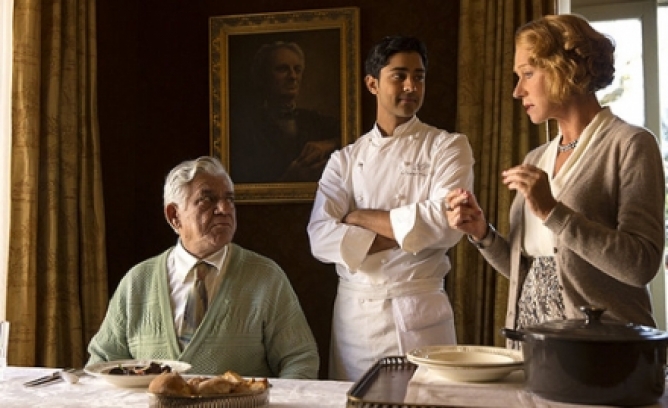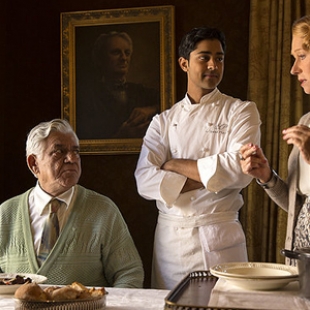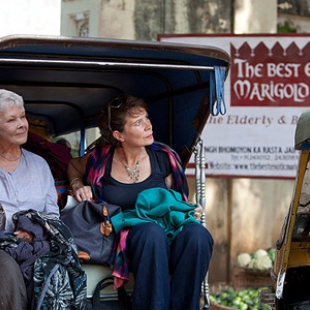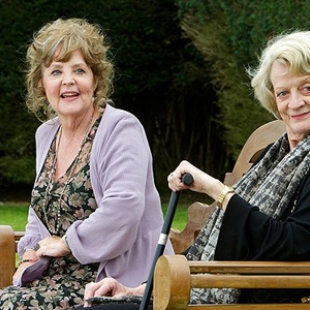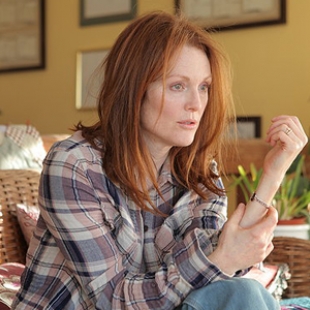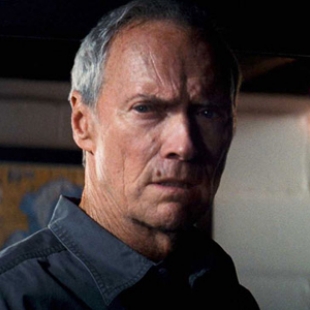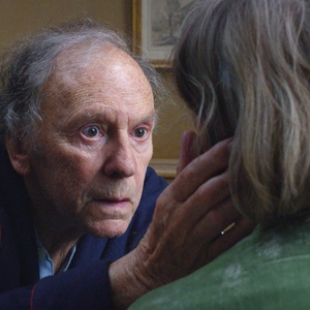Aging on the Big Screen Sees Older Actors in the Spotlight
Once actors of a certain age couldn’t get work in Hollywood. Female actors especially had few roles to choose from unless they were typecasts as “mums, sexless crones or cougars.” And the definition of “older” was often relative.
In a study published in Sex Roles: A Journal of Research, the authors found that “in the ‘reel’ world a woman is considered ‘older’ by the time she is is 35, and subsequently her career opportunities may start to become limited. However, a man may experience continued demand on the silver screen past the age of 35, and even into his 40s.”
At the University of Tasmania, Professor Imelda Whelehan has researched media portrayals of aging women. In a university publication, Whelehan says, “From movies you get the idea that there is no way to represent women after menopause…they’re seemingly invisible. But in real life there is a growing population of healthy, ageing women who want to participate actively in every part of our culture.”
That message may be finally getting through to filmmakers. In her study Ageing, Popular Culture and Contemporary Feminism, Whelehan and co-editor Joel Gwynne found an increase in the representation of older characters over the past decade which may be “in response to the realities of an ageing Western population and an acknowledgement of the economic significance of consumption by seniors.”
In the past few years, more movies not only include older characters but have cast them in major roles.
The 2014 movie The Hundred -Foot Journey centers on a young Indian man with a passion for cooking. However two key characters in the film are his father and Madame Mallory (played by Helen Mirren), the owner of a classical French restaurant directly across the street from the Indian eatery. And much of the film’s charm comes from the exchanges between the elder characters.
The 2012 movie The Best Exotic Marigold Hotel also features an entire cast of more experienced performers playing characters facing the challenges of retirement.
However Whelehan and Gwynne also found that contemporary film depictions of aging often “focus on images of loss, decline, and with the increasing number of euphemisms used to disguise the fact of age.”
It is not just older actors that are being featured but also the ailments of the elderly.
Julianne Moore tackles Alzheimer’s in this year’s movie Still Alice. She plays an esteemed linguist who begins to notice she is forgetting words or getting loss. The film deals not only with her own feelings about the diagnosis of the incurable disease but also her family’s reaction.
In the movie Amour, Anne, a gifted pianist, is left paralyzed after a scheduled surgery goes wrong. Taking on the role of caregiver, her 80-year-old husband Georges struggles to meet his wife’s needs. The script depicts both the emotional and physical toll of aging and does its best to justify what Georges considers to be his last demonstration of love. Unfortunately not all viewers may agree with Georges’ decision.
Another aging couple faces complications when the wife loses her ability to make her way around their old farmhouse. With available land and building skills, Craig Morrison decides to contruct a small, single-storey home. But government bureaucracy stymies his efforts when the local building authority refuses to issue him a permit. The events in Still Mine are based on a true story.
Clint Eastwood and Amy Adams star in a movie about an aging baseball scout with failing eyesight. In Trouble With the Curve, Gus feels like life has thrown him a curve ball after the death of his wife. Added to that, the slow loss of his eyesight makes it increasingly difficult to do his job.
In the documentary Glen Campbell: I’ll Be Me, a film crew follows the country music legend diagnosed with Alzheimer’s in 2011. Glen and his wife, Kim, went public with the news and then set out with their family on what was to be a 5 week Goodbye Tour. In the end the tour included 151 sold out concerts as his family dealt with the unpredictable nature of the progressive disease.
Dustin Hoffman, who stars as an older professor that falls in love in the romantic comedy Last Chance Harvey, takes the directorial chair for the movie Quartet. The plot follows a group of retired performers who move into a retirement home for the musically included.
Christine Langan, head of the company behind Quartet, said these “senior dramas’ often have stronger plots that have more time to develop.”
The head of the BBC film is also quoted as saying, “Older audiences are really enjoying the experience of cinema….Being in your sixties and seventies doesn’t exactly mean you’re homebound. Sixty is the new fifty.”

